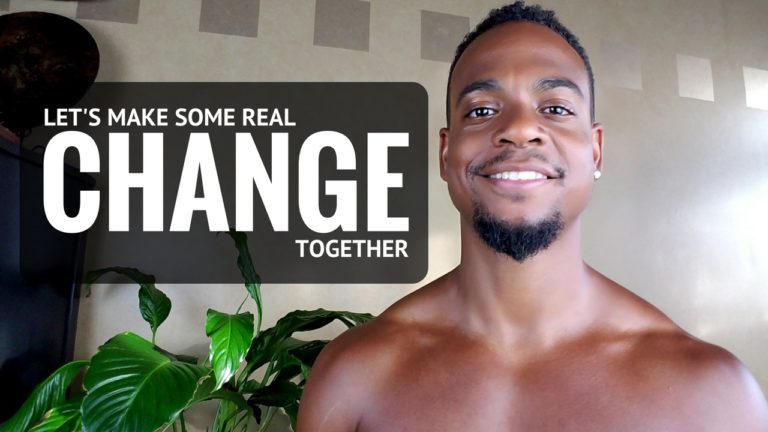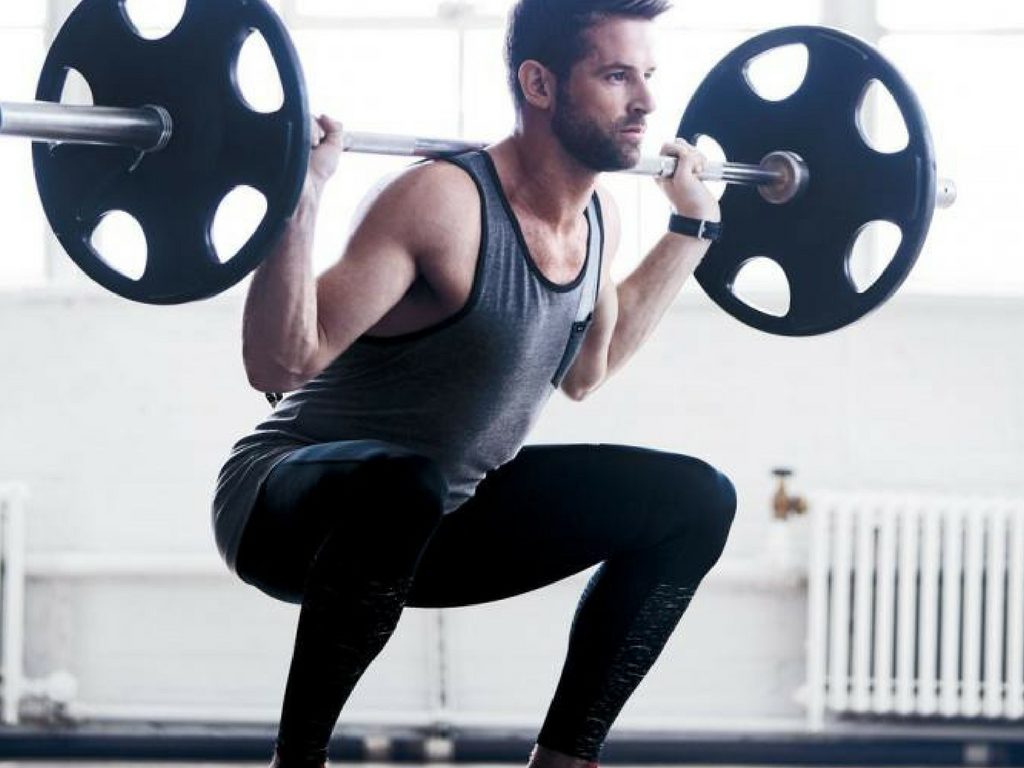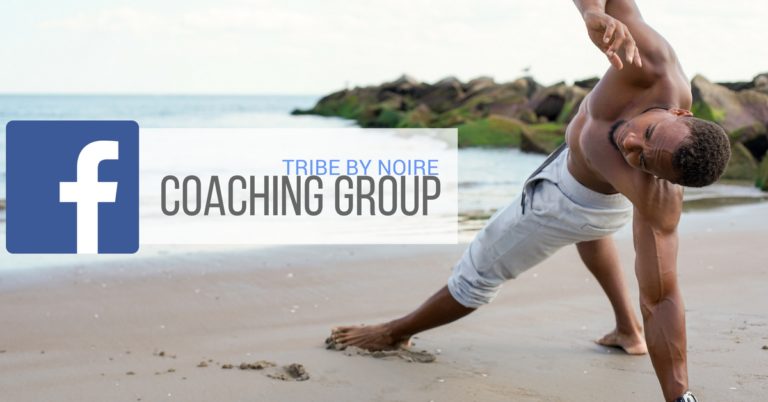3 Keys To Building Muscle And Burning Fat At The Same Time

One of the biggest myths in fitness today is the belief that you can’t build muscle and drop body fat at the same time, atleast not a substantial amount. Because of this belief, it is a common practice to alternate between 3 different phases known as bulking, cutting, and maintenance. My goal here in this article is to simplify the process and explain the 3 keys to building muscle and burning fat at the same time.
The Vicious Cycle Of Cutting & Bulking
This vicious cycle will have you bouncing back and forth from one extreme to the next. You want to get lean and sexy, so you neurotically cut calories in efforts to drop weight fast. You drop the weight, and a clothing size or two. You feel good about it for a bit, but the feeling fades when you realize you look flat. You’ve gotta put some muscle on, and add some shape to this now thinned out physique. Popular opinion says you’ve gotta eat big to get big, so you begin doing just that, over eating. You hit it hard in the gym and pack on some good size, but only a small portion of it being actual lean mass. Ladies and gentlemen, the vicious cycle of bulking and cutting.
Debunking the calorie myth
Before we go any further I need to clarify what calorie is and is not. A calorie is not a form of nutrients, it is actually a measure of thermo energy. To be specific it is the energy needed to raise the temperature of 1 gram of water through 1 °C. Basically food works in the body much like how gas works in your car. The fuel heats up creating a caloric output (energy use). The more “calories” we consume, the more potential caloric output we have.
Understanding that, we can now see that the only purpose for increasing calorie intake is to have more usable energy. Whatever potential energy we have left over is stored in either the liver, muscle tissue, or fat cells. If you have your calorie surplus too high, you’ll gain body fat. If your calorie deficit is too low, you’ll lose muscle. Sounds simple enough, but this is actually where calorie counting falls on its face.
- Are all calories created equal?
- Does it matter where the calories come from?
- How do you calculate how many calories you need?
I’ve often had clients drop body fat and increase muscle mass by increasing their food intake, so what’s the missing link here?
Quality Over Quantity
When thinking about food, quality comes first. The quality of your food is its macro and micro nutrient balance. A good example of this would be fruit vs cake.
Cake has little to no nutritional value, and very high in “calories”. Cake is known to be fattening because not only is it high in “calories, its also low in fiber, so you end up eating way too much of it before actually feeling full.
Fruit is low in “calories” but loaded with vitamins, minerals, and fiber which greatly improve energy, recovery, and digestion. This means more muscle growth and fat burn.
The 3 Keys To The Right Gains & Losses
1. NITROGEN SURPLUS
Consuming protein increases the nitrogen levels in your body. This nitrogen is what builds the muscle tissue in the body. Simply put, you will build muscle as long as you have a nitrogen surplus in the body during recovery. Studies show that the optimal consumption of protein per day for muscle building is 1.5 to 1.8 grams per kilogram of lean body mass.
2. TRAIN INTENSE & TIME EFFICIENT
Your training sessions should be fairly quick and intense, typically within 40 – 45 minutes. Having long drawn out training sessions can drastically reduce performance and inhibit your recover because of over use to the nervous system. Your body only has but so much fuel available at a given time so make every minute count.
3. RECOVERY
The body builds muscle at rest almost entirely when you sleep, which is why the best thing you can do for muscle growth is sleep. The body also metabolizes the most fat at rest in order to generate and stabilize your hormones and other functions. Its pretty much impossible to get the results you want without sufficient recovery.
Leave a comment below! Let me know what info you’ve found most useful here and feel free to ask if you have any further questions. Thanks for reading!

BECOME A TRIBE MEMBER
- Get full access to all of my online training programs & training guides with detailed video tutorials.
- Get full access to my weight loss & mass gain meal plans, nutrition guides, video tutorials, and grocery guide.
- The lifestyle development guide is a growing library of personal development videos and written articles.





